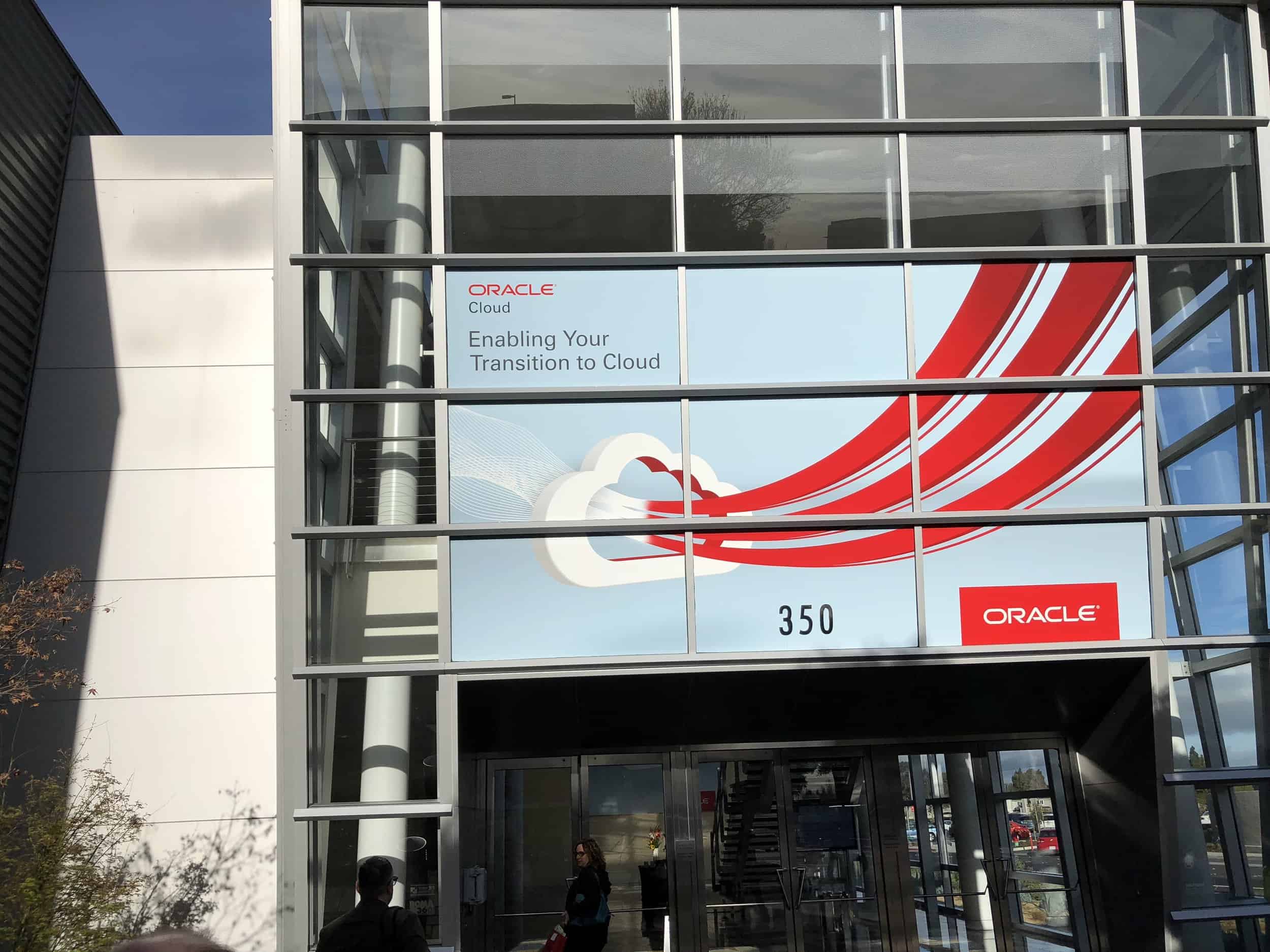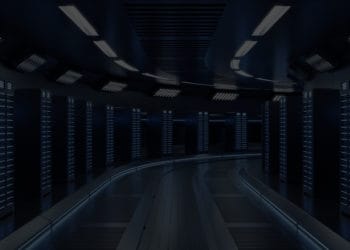An update on Oracle’s Cloud
There’s Oracle’s CEO telling the world that they will compete with AWS for Public Cloud dominance. And then there are the engineers and product managers building a respectable cloud platform. It’s the later I and 28 other influencers spent time discussing technology and use cases during Oracle Ravello Blogger Day 2 (RBD2). So, what’s going on with Oracles cloud?
I’m going to throw some geeky numbers out to highlight Oracle’s targeted customer.
Bare Metal DenseIO
- 52 Cores, 768 GB RAM
- 51.2 TB of local NVMe SSD
- Up to 512 TB Block Storage
- 2x 25 Gbps Network Interfaces
If those numbers get you excited, then you are a target customer for Oracle’s existing cloud platform. If you think to yourself, what do these specs have to do with Kubernetes powered Functions as a Service, then Oracle has plans for winning you over as a customer.
The engineer in me got a small taste of the technology that backs Ravello’s enhanced cloud offering. In a nutshell, Ravello’s focus over the past few years has been optimizing their HVX hypervisor for Oracle’s Cloud Infrastructure platform.
For those not familiar with HVX, it’s a hypervisor of hypervisors. It allowed for interesting test scenarios where customers could run VMware vSphere on other cloud providers such as AWS and GCP. More interesting, users could take unmodified VM’s and run them on via the service.
The result was easy to deploy test/dev of VMware based workloads using commodity cloud. The advantage is that administrators had next to no learning curb while enjoying the elasticity of the public cloud. The disadvantage was performance was wanting.
Introduce Oracle Cloud Infrastructure
Now that Ravello has a native cloud to focus development, the group has worked hard to bring the portability of HVX to Oracles’ Cloud Infrastructure (OCI). The results are impressive. While the hypervisor of hypervisor model was exciting and still supported today, the performance limited the use cases to non-production workloads.
Ravello’s OCI-based instances offer near bare-metal performance and support. Fellow attendee Ian Sanderson deployed Nutanix’ CE 5.5 on the new Ravello platform. The lab is something I tried and failed at previous to the OCI integration. With HVX running closer to the hardware, Ravello can support previously unsupported workloads.
Lift and shift
Both OCI and Ravello HVX target lift and shift workloads. While I’m not a fan of the concept many, IT organizations receive a mandate to migrate existing workloads to the public cloud. Beyond the operational challenges of migration, there’s a cost factor that’s hard to overcome. Public clouds are built and priced for elastic workloads. Most of the workloads running in the datacenter are static. While the workloads technically run with the Public Cloud, lift and shift become cost prohibitive.
Subscribe to the Podcast iTunes | RSS
In addition to the organizational and cost factor of Public Cloud remains the performance factor. Some applications require bare metal to meet performance requirements. Oracle positions OCI for optimizing cost, and performance of these traditional workloads. They have what they call a “move and improve” strategy.
Once relocated to OCI, application teams begin the process of re-platforming the application for cloud-native services. Oracle is building services based on the demands of their lift and shift (or move and improve) customers. Today, customers want an affordable and consistent experience when transferring traditional workloads. There are plans to add the extensive container and PaaS services as customer demand rises.
Cloud Field Day 3
One of the questions I didn’t have answered revolved around networking. OCI supports traditional layer-2 datacenter networking. Layer-2 support results in the ability to support a broader range of applications that run in private datacenters. However, AWS, Google, and Azure all decided not to implement layer-2 due to multi-tenant scale and support. Oracle didn’t have the right time available to ask questions about the tradeoffs of their design vs. the hyperscale cloud providers.
Oracle promised to have architects available during the Cloud Field Day 3 (CFD3) presentation in April. I’ll attend that presentation and will be sure to ask questions about their approach to networking. I’m sure the other delegates will have questions about Oracles future roadmap around cloud-native services. Be sure to follow that coverage.
Share This Story, Choose Your Platform!

Keith Townsend is a seasoned technology leader and Chief Technology Advisor at Futurum Group, specializing in IT infrastructure, cloud technologies, and AI. With expertise spanning cloud, virtualization, networking, and storage, Keith has been a trusted partner in transforming IT operations across industries, including pharmaceuticals, manufacturing, government, software, and financial services.
Keith’s career highlights include leading global initiatives to consolidate multiple data centers, unify disparate IT operations, and modernize mission-critical platforms for “three-letter” federal agencies. His ability to align complex technology solutions with business objectives has made him a sought-after advisor for organizations navigating digital transformation.
A recognized voice in the industry, Keith combines his deep infrastructure knowledge with AI expertise to help enterprises integrate machine learning and AI-driven solutions into their IT strategies. His leadership has extended to designing scalable architectures that support advanced analytics and automation, empowering businesses to unlock new efficiencies and capabilities.
Whether guiding data center modernization, deploying AI solutions, or advising on cloud strategies, Keith brings a unique blend of technical depth and strategic insight to every project.




